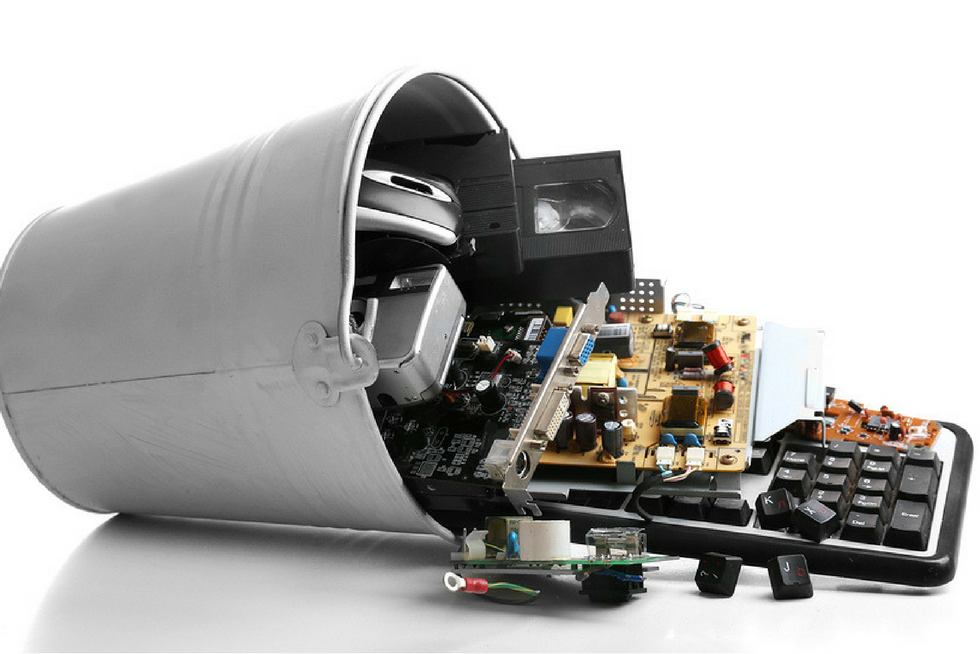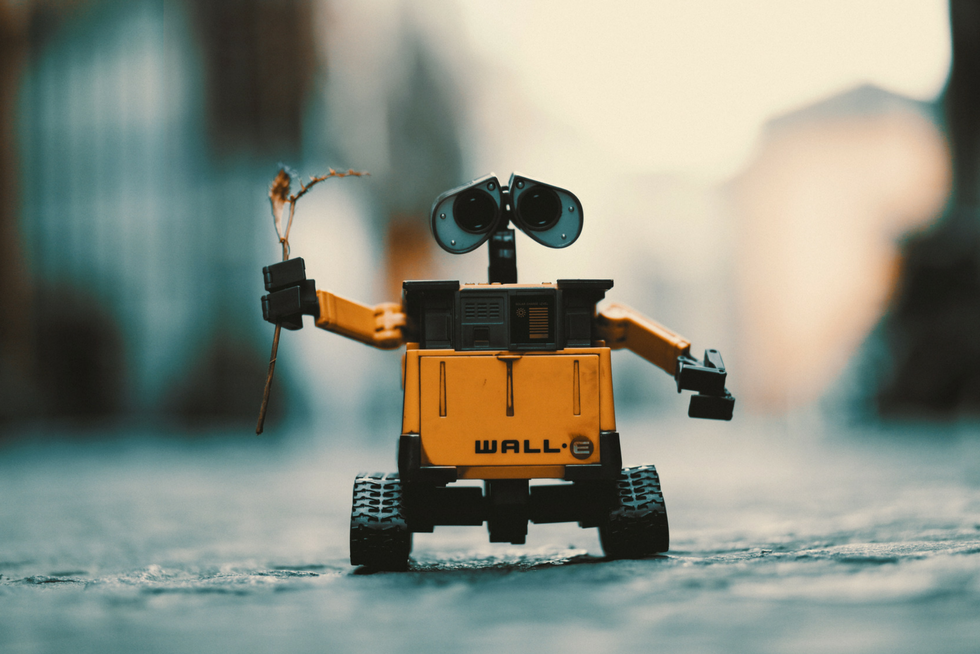
Electronic Waste оригинал
.docxElectronic Waste (E-Waste): How Big of a Problem is it?
Nearly a decade ago, smartphones didn’t exist – at least not how we think of them today. Now, nearly two-thirds of Americans walk around with their faces bathed in the glow of the latest models.
Did someone say new iPhone?
But honestly, let’s start there. Between June 29th, 2007 and November 3rd, 2017 there have been fourteen iPhone releases – from the original iPhone (First Generation) to the latest iPhone X. If you are one of the 90.1 million U.S. iPhone users today, it is probably safe to say that you have moved on past that original phone since its supported lifespan expired on June 20th, 2010. The oldest iPhone model that is still supported is the iPhone 5S (that model was released on September 20th, 2013).
Because we have evolved to be a use-and-throw-away culture, iPhones aren’t our only gadgets that fall victim to the upgrade. Our obsession with ever-advancing technology has placed a high standard on all of our products, demanding that each generation quickly improves upon the last.
What is Electronic Waste (E-Waste)?

Electronic Waste (e-waste) is one of the fastest growing segments of our nation’s waste stream. It encompasses all broken, unusable, or outdated/obsolete electronic devices, components, and materials. In addition, e-waste also encompasses items that can be e-cycled (electronics that are going to be reused, resold, salvaged, or recycled).
This makes sense as our technology growth rate continues to accelerate exponentially. As previously mentioned, technology seems to become all but obsolete only a short time after it’s purchased. That quick turn over usually happens in our periphery because, with electronics, out of sight really is out of mind.
Here are some basic examples of common electronics that quickly evolved and turned previous versions into electronic waste.
How many of the items below have you discarded in your lifetime: – Cell phones – Smartphones – PDAs – Pagers – Computer monitors – Computers/CPUs – Laptop computers – Photocopiers – Printers – Scanners – Fax machines – Stereos – Radios – MP3 players (or iPods) – Landline telephones – DVDs – Televisions (Tube, plasma, and LCD, LED) – VCRs – Cameras – CD players – Video game consoles
Here is a list of some of the more recent electronic items that will most likely render their predecessors useless. You may have the newest versions of the following, but think back to the older models that have been discarded:
– All smart devices (iPhones, iPads, iWatches, Fitbits, Kindles, Nooks, Amazon Fire Tablet, etc.) – Virtual Reality (VR) gear – Virtual Assistants (Amazon Echo, Google Home, etc.) – Electric scooters – Portable speakers – Security cameras – Roombas – Professional and personal drones – Projectors – Modems and routers – GPS Devices – Smart bathroom scales – Some thermostats
The effects of e-waste
Reduce, Reuse, and Recycle are terms that most people commonly associate with items such as paper, plastic, and glass. The need to recycle these items is understood because of the global impact that they can have when their only purpose is to take up space in a landfill. But what about e-waste?
E-waste can be some of the most dangerous discarded items but they are rarely seen as such. Why is that? The reason often comes down to their packaging.
There is definitely a false sense of security when it comes to our electronics being non-hazardous when they become waste. Part of the problem is the packaging of the devices. Their sleek and appealing exteriors make it hard to see them as waste. When you look at a landfill image of stacks of old TVs and laptops, for instance, you only see the benign exterior. It’s what you can’t see that makes electronic waste so dangerous.
According to facts presented by the Electronics Takeback Coalition “Electronic scrap components, such as CPUs, contain potentially harmful components such as lead, cadmium, beryllium, or brominated flame retardants.” Additional components such as mercury and arsenic can also be present. All elements listed can have severe human impact through exposure.
If these items aren’t handled correctly they can cause organ damage, neurological damage, and severe illness not only in the workers that handle them directly but also within the communities of the developing countries where they are shipped.
The threat comes from exposure during recycling and disposal efforts. The harmful components listed above can leak into the ground as they are packed into landfills. They can also be released when the items are incinerated, a common method for disposal.
*NOTE: The United States, and other economically established countries, handles some e-waste recycling but the EPA estimates that 25% of recyclable electronic waste is shipped away. Read more on that here.
How does e-waste affect the environment?

At this time the effects of improper e-waste disposal are not well known, however, the effects that are known have a very real global impact on the earth’s air, water, and soil.
The air pollution impact of e-waste:
Burning e-waste can be used as a disposal method but can also be a way to get to valuable metals such as copper. The problem with this method is that burning can also release pollutants into the air. For instance – when computer monitors and other electronics are burned, they create cancer-producing dioxins that are then released into the air. Yes… that’s the same air that we breathe.
The impact of e-waste on water:
Remember those contaminants we mentioned before? Some of those are heavy metals – Lead, barium, mercury and also lithium (found in mobile phone and computer batteries). When these heavy metals are improperly handled or disposed of via landfill, they can leak into the soil and eventually the groundwater. Picture the groundwater as the first domino waiting to fall. The heavy metals then make their way from the groundwater into streams then ponds, lakes, and rivers. These heavy metals make the water tables toxic and unusable for the communities, animals, and plants that rely on them.
The impact of e-waste on soil:
Though soil is the pathway on which heavy metals find water, it does not go unaffected by these harmful contaminants. E-waste has a very negative impact on the Soil-Crop-Food Pathway. The Soil-Crop-Food Pathway is exactly as it sounds – crops grow in the soil and food comes from the crops. When the soil is contaminated by heavy metals via e-waste the crops, and the food they provide, are also contaminated. This causes many of the illnesses mentioned above and restricts viable farmland for clean food production.
